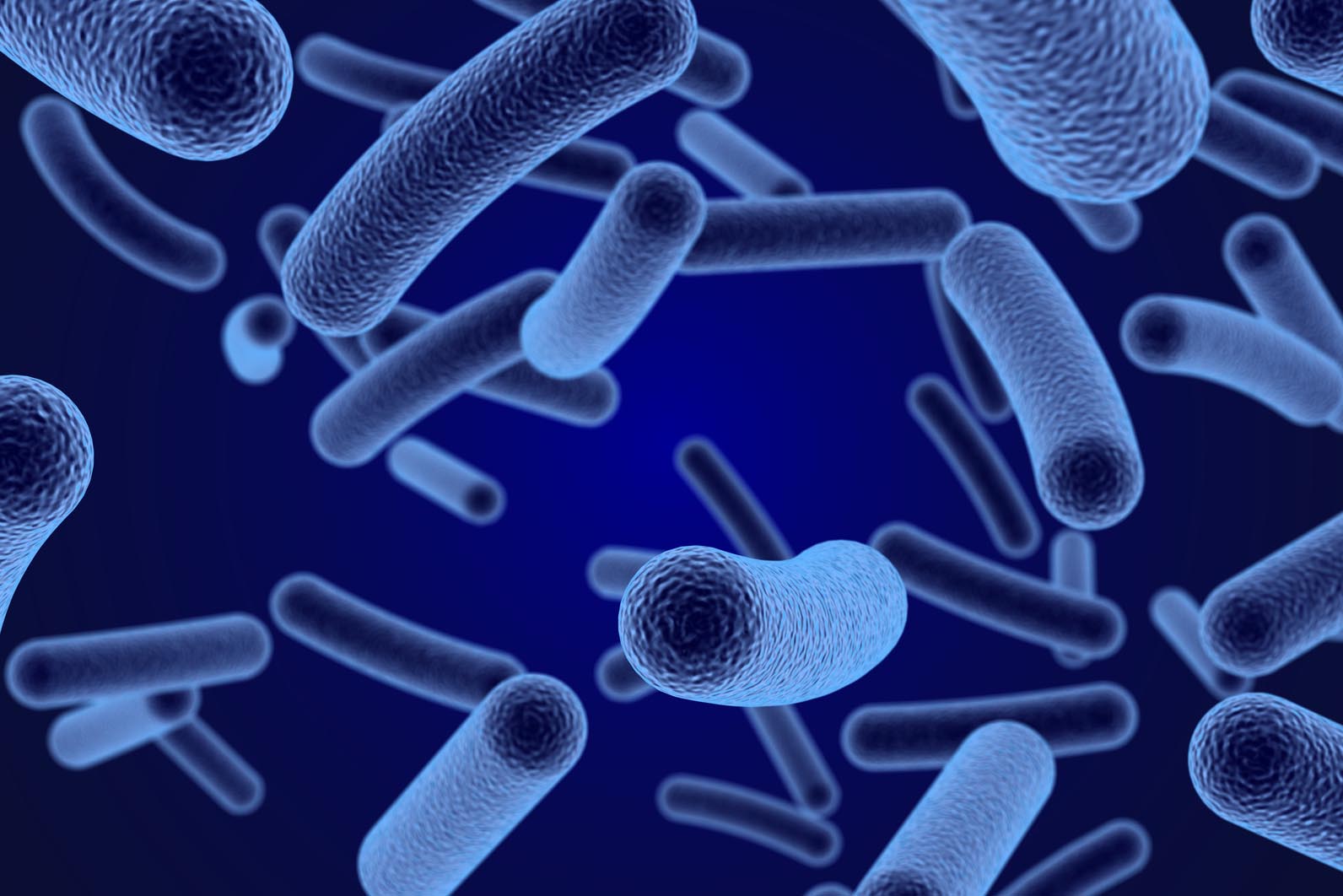-
What is already known on this topic
The gut microbiota is known for playing a key role in both human health and disease, but most of the bacterial species living in our gut are yet to be identified. -
What this research adds
Using computational tools to analyze the gut microbiome of about 12,000 people, researchers have identified nearly 2,000 new species of gut bacteria. -
Conclusions
Knowing which bacterial species live in the gut could help to understand how these microbes influence human health, thus opening up new avenues for diagnosing and treating gut disorders.
Although gut-dwelling microbes play important roles in human health, most of them belong to species that are unable to survive outside the gut or are present in such tiny amounts that they can’t be detected with traditional laboratory methods.
Now, thanks to advanced computational tools, scientists have identified nearly 2,000 new species of gut bacteria.
In the study, published in the journal Nature, Alexandre Almeida and his colleagues at the European Bioinformatics Institute and the Wellcome Sanger Institute leveraged one of the most comprehensive databases of gut bacteria to identify species that are yet to be grown in the laboratory.
Discovering new bacterial species
The team analyzed 11,850 gut microbiomes from about 75 studies that sampled people worldwide. Using computational methods, the researchers found 2,068 bacterial genomes, 94% of which (1,952) didn’t match any known genome in a public database of cultivated gut bacteria.
Most of the newly discovered bacteria belong to the Coriobacteriaceae, Ruminococcaceae or Peptostreptococcaceae families, and to the Collinsella, Clostridium and Prevotella genera. This suggests that, although these bacteria are known colonizers of the gut, most of them are still unidentified.
A stool bias
The rarer bacteria were more common among samples taken in Africa and South America. That’s because the publically available stool data are biased toward European and North American populations, the researchers say. To increase our knowledge of the human microbiome, they add, it’s important to collect data from underrepresented populations.
Next, the team looked at the main functions of the newly identified bacterial genomes and found genes involved in membrane transport, carbohydrate metabolism, and antioxidant and redox functions. This suggests that some of these bacterial species are sensitive to ambient oxygen, which makes them difficult to isolate and grow in the laboratory.
Knowing which bacterial species live in the gut could help to advance the diagnosis and treatment of gut disorders by furthering our understanding of how these microbes influence human health, the scientists say.









